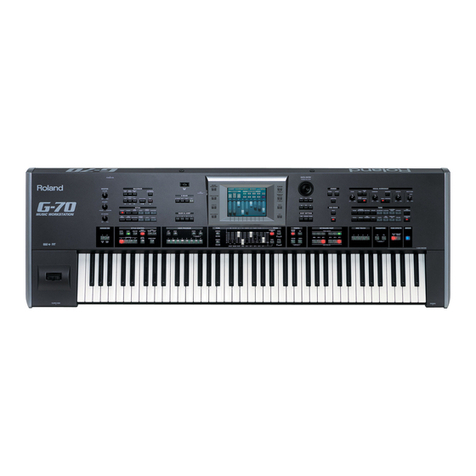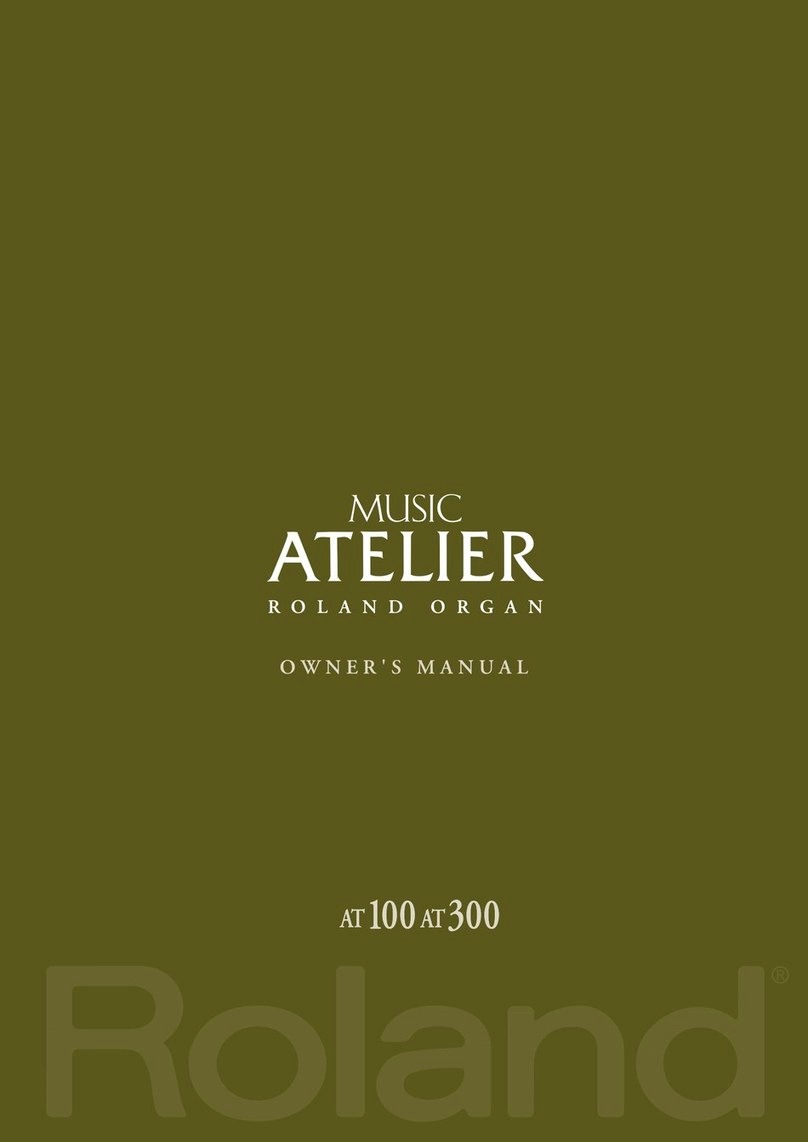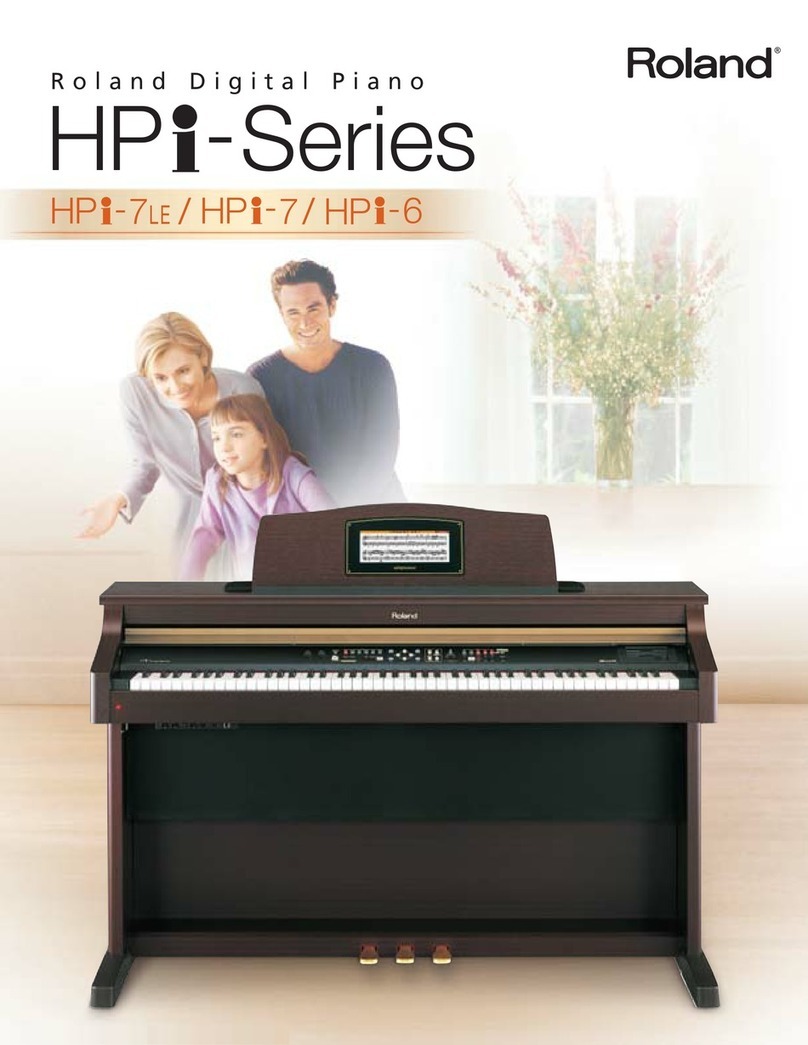Roland EP-7 User manual
Other Roland Musical Instrument manuals
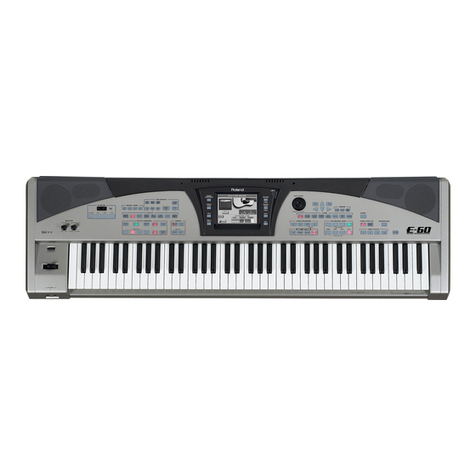
Roland
Roland E-60 User manual

Roland
Roland KR-1077M User manual

Roland
Roland Atelier AT90 User manual
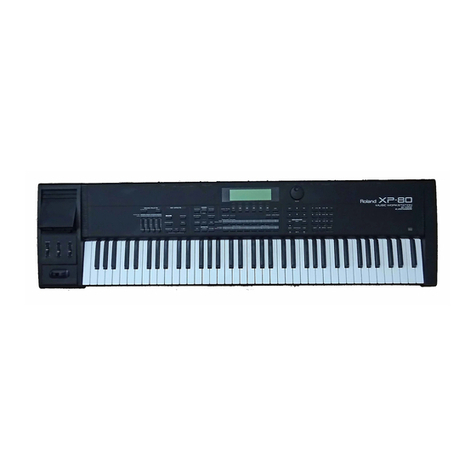
Roland
Roland XP-60 Operating and maintenance manual

Roland
Roland ep-77 Operating and maintenance manual

Roland
Roland Atelier AT50 User manual

Roland
Roland HP 1800 User manual
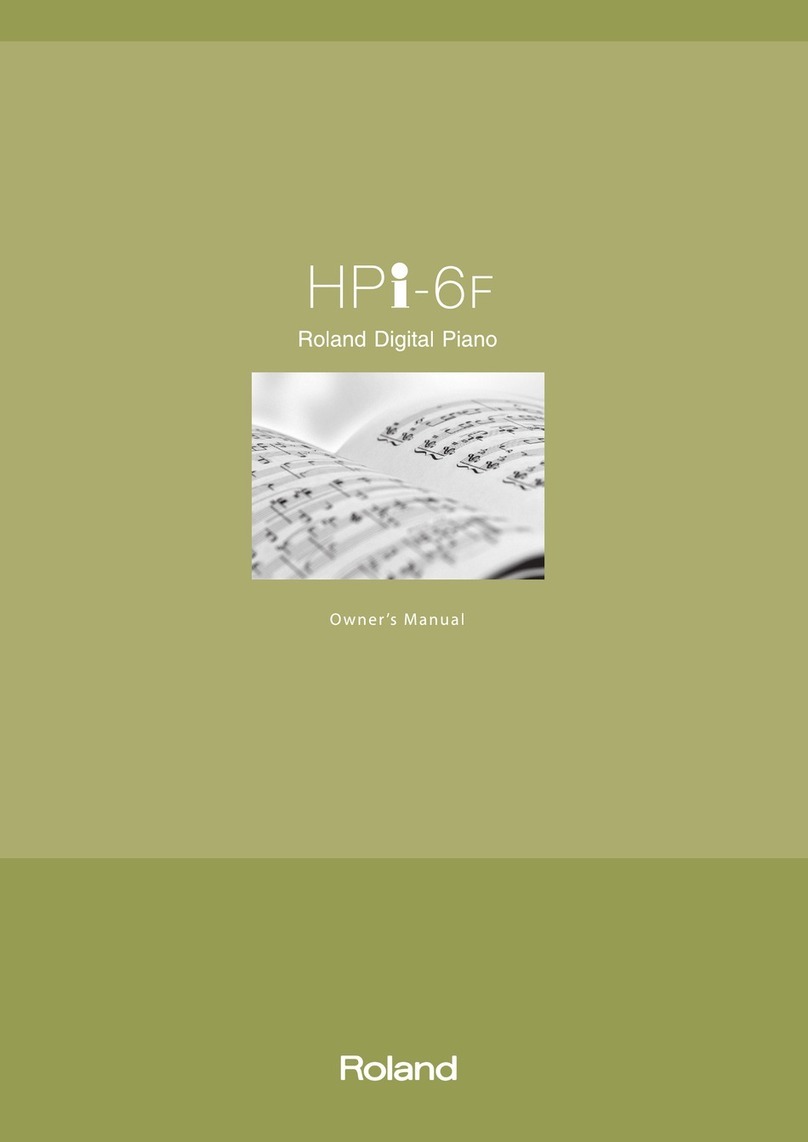
Roland
Roland HPi-6F User manual

Roland
Roland HP 2800G User manual

Roland
Roland RG-7 User manual
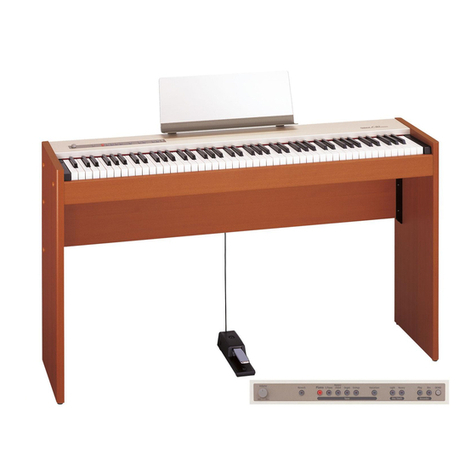
Roland
Roland F-50 User manual
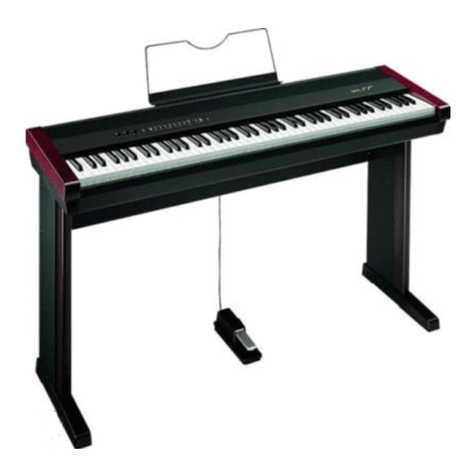
Roland
Roland FP-9 User manual
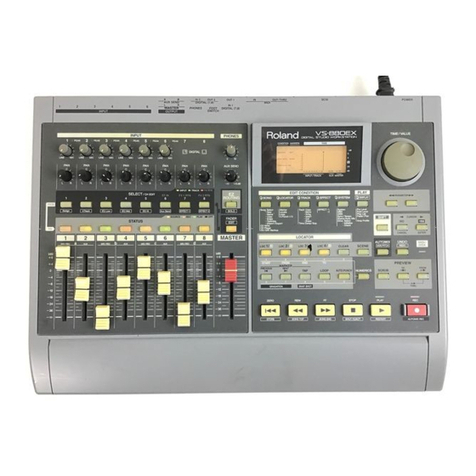
Roland
Roland VS-880EX User guide

Roland
Roland AT900 Music Atelier User manual

Roland
Roland Music Atelier AT-45 User manual

Roland
Roland GP-9 User manual
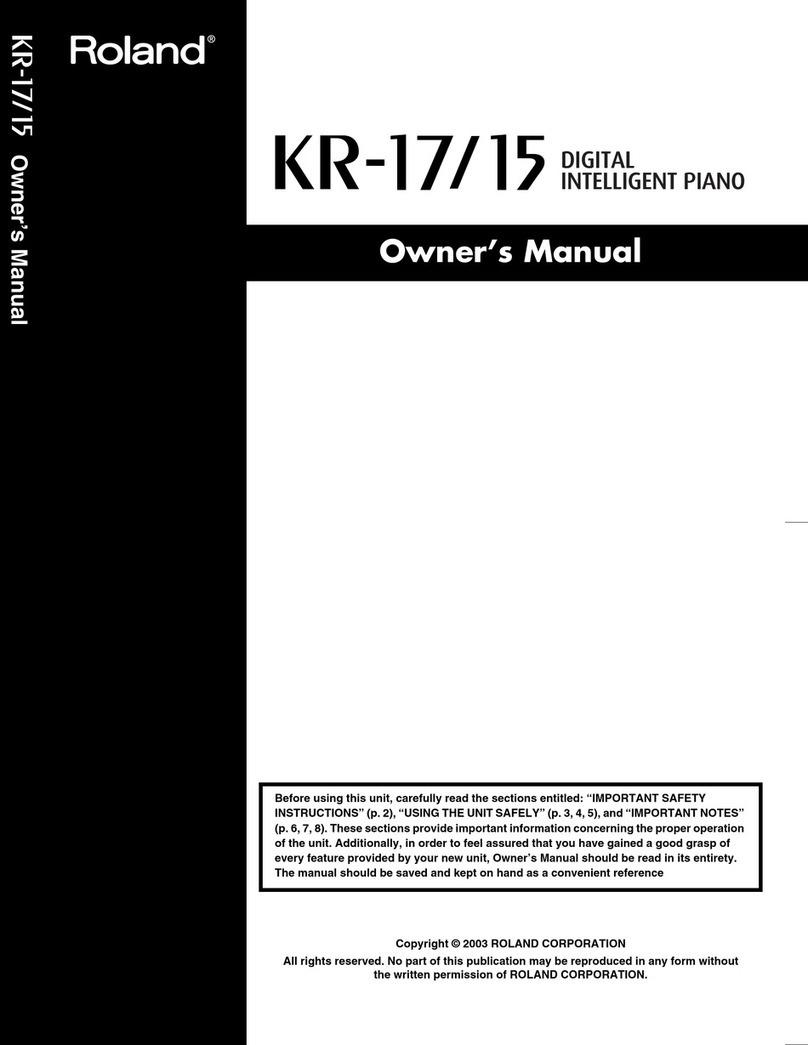
Roland
Roland KR-15 User manual
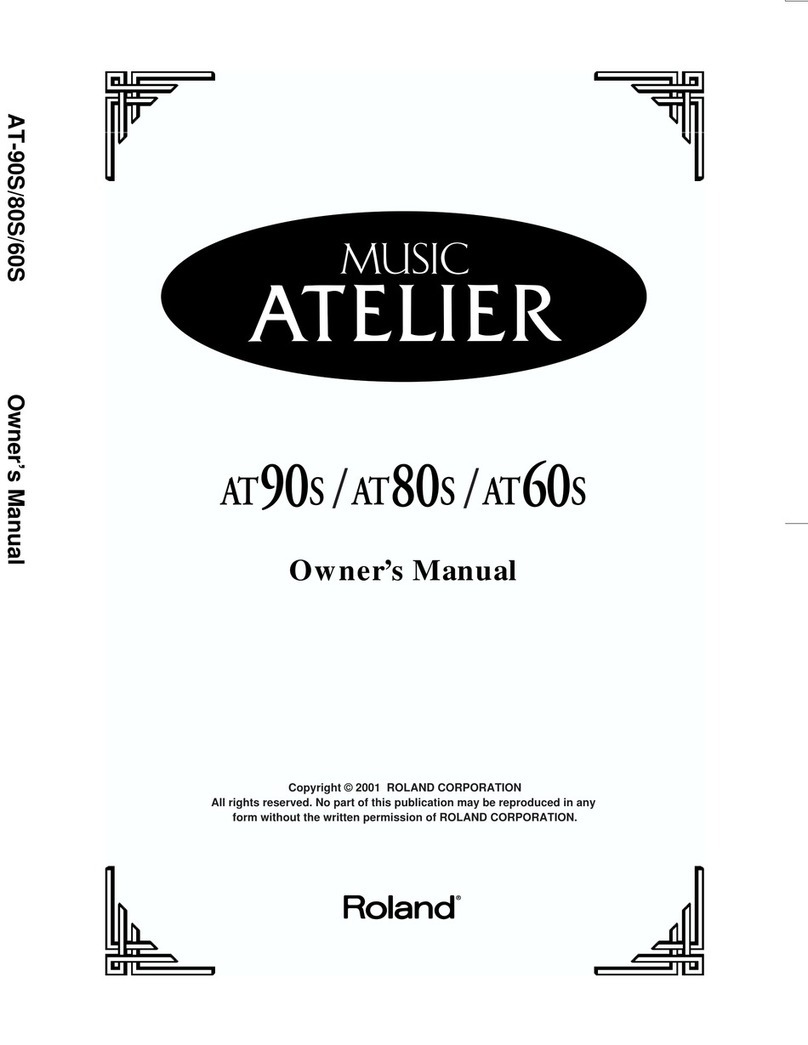
Roland
Roland 60S User manual

Roland
Roland FP-7F User manual

Roland
Roland VK-8 User manual
